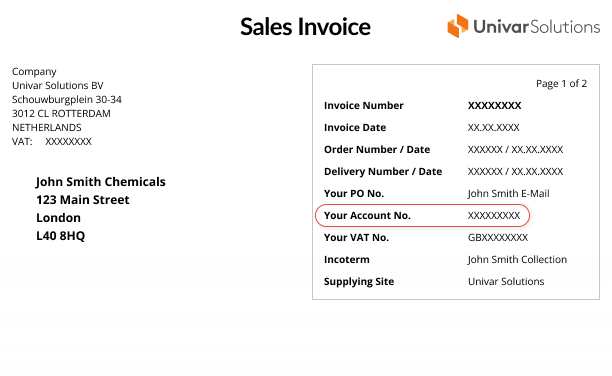We’re here to provide you with more information or help answer any questions you might have. Send us a note and we’ll get back to you as soon as possible.



EarthOil by Univar Solutions offers a complete range of herbaceous essential oils. They are obtained by steam distillation to guarantee a high-quality product with a powerful fragrance.
Breathe in the fresh scent of morning dew
Essential oils that have herbaceous scents can be further described as smelling green or grassy. They often have a gentle, floral, yet invigorating spring-like scent that can be associated with lush, wet foliage. They are comparable to the aroma of fresh morning dew or leaves, moss, mown grass, herbs, and trees on a crisp morning.
Discover some of these oils below.
Rosemary Cineole Oil
Native to the sea cliffs of the Mediterranean region, the name ‘rosemary’ is derived from the latin ros marinus meaning ‘rose of the sea’ or ‘sea dew’. Rosemary has been used medicinally in many ancient civilizations as a purifying and protective herb against diseases and illnesses. It was considered by the ancient Greeks, Egyptians, Hebrews, and Romans to be a sacred herb and they believed it could improve memory. The oil was first distilled in the 13th century and was used in medicinal remedies and in many perfumes. Despite their unawareness of the concept of germs, the people of the 16th century used rosemary as incense or in massage balms and oils to eliminate harmful bacteria, especially in the rooms of those suffering from illness and disease.
Its Latin name Rosmarinus officinalis L. cineoliferum comes from its richness in 1,8 cineole, while its aspect is like the rosemary camphor. It is known for its distinctive fragrance that is characterized by an energizing, fresh, evergreen, zesty, citrus-like, herbaceous scent.
Name: Rosemary Cineole Oil (Organic)
INCI name: Rosmarinus officinalis Leaf Oil
Botanical name: Rosmarinus officinalis
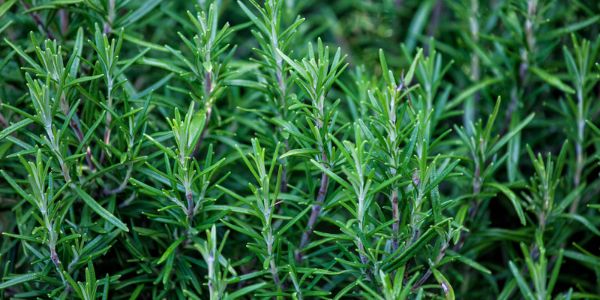



Rosemary Verbenone Oil
Similar to the Rosemary Cineole, Rosemary Verbenone differs by its composition: indeed, because of its richness in the compound verbenone, it was given the Latin name Rosmarinus officinalis L. verbenoniferum. Its aroma, floral, fresh, more herbaceous, more subtle, gentler, and of course less camphoric than cineole or camphoric rosemary, is preferred by many.
Name: Rosemary Verbenone Oil (Organic)
INCI name: Rosmarinus officinalis Leaf Oil
Botanical name: Rosmarinus officinalis
Sweet Marjoram Oil
Sweet Marjoram is a perennial plant which can grow up to a height of 60 centimeters (24 inches). The plant has oval leaves and dark pink to purple flowers. The Greeks and Romans considered it the herb of happiness, dedicating it to Aphrodite, the goddess of love, fertility, and beauty. Originally native to the Mediterranean and North Africa, Sweet Marjoram is now cultivated in Egypt, Europe, and the USA. In Europe the plant is harvested between August and September when the flowers are in full bloom.
Obtained by steam distillation, the essential oil is used today in a multitude of applications, from aroma therapy to culinary applications such as tea. Pale yellow coloured, the oil provides a warm, floral, peppery, and herbaceous aroma. Its rustic scent can also be used to purify the surrounding air.
Name: Sweet Marjoram Oil (Organic)
INCI name: Origanum majorana Flower Oil
Botanical name: Origanum majorana
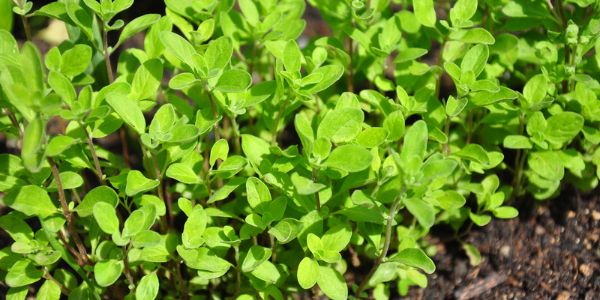

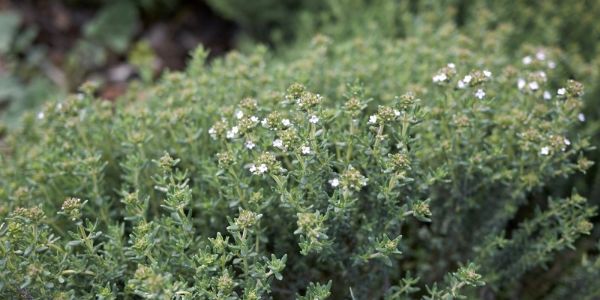

Thyme Vulgaris Oil
The thyme shrub, a flowering botanical native to the Mediterranean, displays small grey-green leaves and tiny pink or white flowers that bloom at the beginning of summer. Quite diverse, thyme plants include around 300 different species, reflecting its robustness and adaptability to its surroundings. This perennial herb likes warm, dry conditions and needs plenty of sun exposure to thrive. It is generally used as a condiment or spice, and in skincare or cleansers to help leave the skin more purified than ever thanks to its natural antibacterial properties.
Thymus vulgaris is a popular species of thyme. The essential oils, extracted through steam distillation of fresh flowers and leaves, is a very potent and valuable oil in aromatherapy. It exudes an intensely fresh, spicy, herbaceous scent that can be reminiscent of the fresh herb, while its warming aroma serves as a strong mental tonic and stimulant. The chemical constituents of Thyme Oil contribute to its renowned purifying and remedial properties. Indeed, the oil contains characteristically high levels of the compound Thymol, that is associated with those strong antibacterial and antifungal benefits.
Name: Thyme Vulgaris Oil (Organic)
INCI name: Thymus vulgaris Flower/Leaf Oil
Botanical name: Thymus vulgaris
Wintergreen Oil
Wintergreen Oil, sometimes referred to as Gaultheria Oil, is extracted from the leaves of the wintergreen herb. The plant received its name due to its natural cycle of blooming during the winter months which allows the plant to keep its green colour all year round placing it in the category of evergreen plants. Despite having a minty fragrance, Wintergreen is not actually related to the mint species.
Throughout history, the wintergreen herb was used for medicinal purposes and today, the oil is still commonly used in many medicinal products along with personal care products and aromatherapy. While its refreshing, cool, crisp, sweet aroma remains that of peppermint, Wintergreen Oil also imparts balsamic, green, and medicinal scents. Much appreciated by sportspersons, it is often used in culinary applications to flavour foods, beverages, confectionaries, and even household cleaning products.
Name: Wintergreen Oil (Organic)
INCI name: Gaultheria procumbens Leaf Oil
Botanical name: Gaultheria procumbens


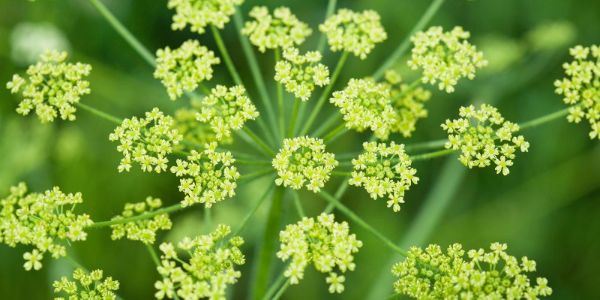

Sweet Fennel Oil
Back in Medieval times, the herb was known as 'Fenkle' and was extremely popular in ancient cultures such as the Chinese, Egyptian and Romans due to their belief that it symbolised longevity, courage, and strength. Native to coastal areas in the Mediterranean region where it has been cultivated for centuries, Sweet Fennel has now become naturalised in the United Kingdom, Northern Europe, the United States, Australia, and many other regions around the world.
Sweet Fennel Oil is most often used in aroma therapy treatments. In skin care, it may be found in products targeting to calm the skin from puffy complexions to rosacea. It shows a characteristic aniseed fragrance, also sweet, almost peppery, green, earthy, fresh, and herbal.
Name: Sweet Fennel Oil (Organic)
INCI name: Foeniculum vulgare Oil
Botanical name: Foeniculum vulgare, var. dulce
Cajeput Oil
A subtype of the melaleuca tree, cajeput is derived from the Melaleuca Leucadendron or cajeput tree, an indigenous tree to tropical regions in Australia and Southeast Asia. Historically, the leaves have been crushed and rubbed onto wounds, and the twigs and bark steeped in hot water and sniffed.
The essential oil is extracted via steam distillation from the fresh leaves and twigs of the cajeput tree. It is believed to have therapeutic properties, which make it a popular oil in aromatherapy and other medicinal applications. It is also considered to have anti-inflammatory properties, which is why the oil is often used in skin-soothing applications. Purifying, stimulating and tonifying, it presents sweet, herbal, fresh, eucalyptus and green notes, together with a warm, aromatic odour and a camphoraceous taste.
Name: Cajeput Oil (Organic)
INCI name: Melaleuca Leucadendron cajuputi Leaf Oil
Botanical name: Melaleuca Leucadendron, var. cajeputi
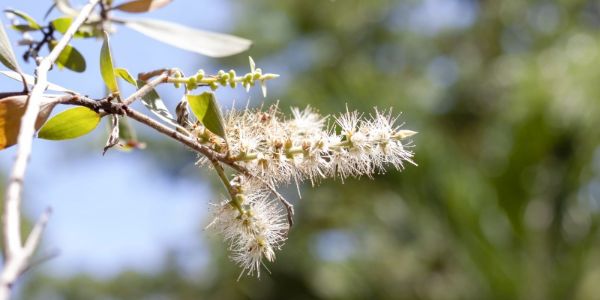

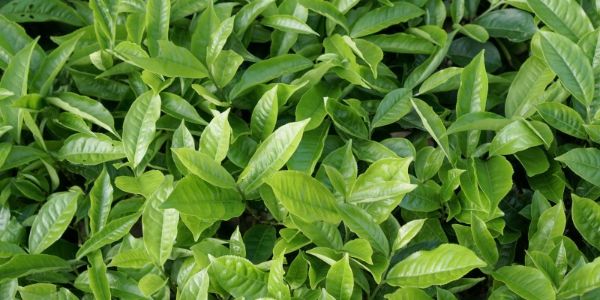

Tea Tree Oil
Tea Tree Oil is an essential oil obtained from the steam distillation of the native Australian plant Melaleuca alternifolia. It has been used for thousands of years by Australian Aborigines as an effective treatment for various skin maladies. Tea Tree Oil’s properties are highly valued in personal care formulations. It is one of only two essential oils that can be applied directly to the skin and is considered nontoxic and non-irritant, sensitizing to less than 0.2% of the general population. Microbes will not develop resistance due to the complexity of Tea Tree Oil constituents.
The essential oil delivers a herbal, spicy, earthy, characteristic aroma. It opens with fresh cooling notes and slowly transitions into camphor undertones. This aromatic profile cues clean and feels therapeutic. It blends well with Lavender Tea Tree Oil that compliments it, significantly softening the aroma of Tea Tree Oil.
Name: Tea Tree Oil (Organic) / Tea Tree Oil BP (Organic) / Pure Australian Tea Tree Oil
INCI name: Melaleuca alternifolia (Tea Tree) Leaf Oil
Botanical name: Melaleuca alternifolia
Lavender Tea Tree (Rosalina) Oil
Research indicates its effectiveness against transient skin bacteria, making the oil a wonderful addition to personal skin care products (The Utilization of Australian Native Oils for the Control of Transient Bacteria in Skin Care Products). The “rosy” aroma also lends itself to being a replacement for other more expensive “rose” scented oils. It blends well with other oils, being compatible with formulations of various types. From the standpoint of Traditional Chinese Medicine, it is considered a “yin” oil, calming many conditions of heat (excess “yang”) such as inflammation, swelling, tenderness, as well as mental overstimulation that may lead to insomnia or anxiety.
Lavender Tea Tree Oil is a unique aromatic profile. It opens with energising minty notes and has sweet rosy undernotes playing in the background. It displays hints of earthy dry notes which add a different dimension to the overall fresh profile.
Name: Pure Australian Lavender Tea Tree (Rosalina) Oil
INCI name: Melaleuca ericifolia Leaf Oil
Botanical name: Melaleuca ericifolia
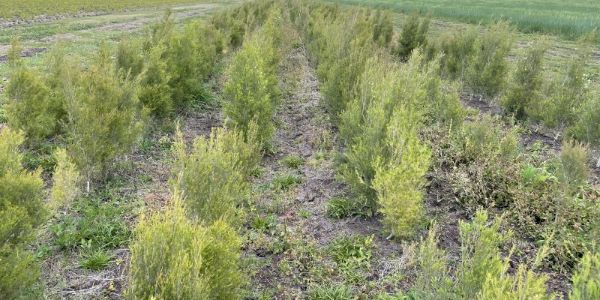


We can't find any products that match your criteria. Try adjusting your search or filters.
Applications, Grades & Characteristics
- Application 1
- Application 2
- Application 3
- Application 4
- Applicatiob 5
- Grade 1
- Grade 2
- Grade 3
- Grade 4
- Application 1
- Application 2
- Application 3
- Application 4
- Applicatiob 5
Additional Content






Get in touch, 24 hours a day, 7 days a week.



